Q: If you were to define the single quality which a good picture possesses and a poor one does not - what would it be?
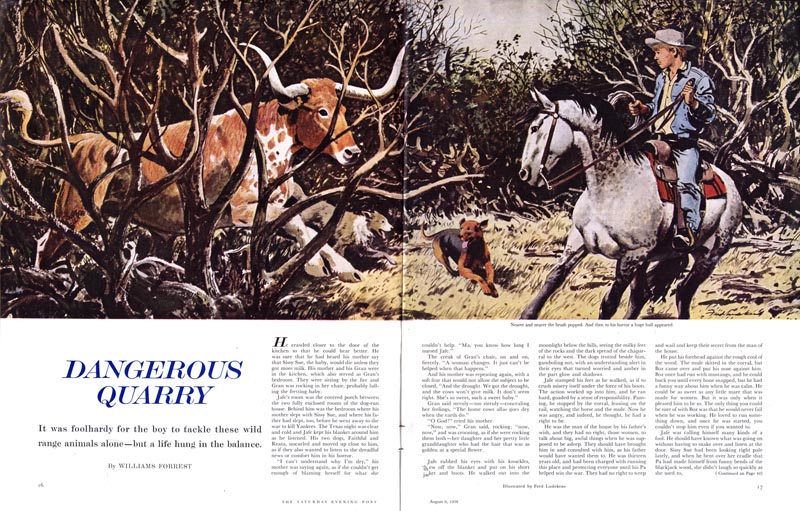
A: The right content designed to communicate attractively the meaning, clearly and convincingly to people. If it doesn't do this it isn't working. This is the objective, and the way to achieve it is wide open to any illustrator. It depends on you. An illustrator, as I said before, should have more than talent. A few brains, understanding and judgement also help. These are required to make successful pictures.

Q: How carefully do you plan a picture? Is your response to a subject emotional, intellectual, or a combination of the two?

A: Very carefully. I believe composition is the most forceful part of a picture. I try to make a cohesive whole out of many elements - the idea, mood, action, arrangement, color, and so on - as I interpret the problem. If I am illustrating a piece of fiction, I believe my response is emotional, influenced by some reasoning as to my audience and the publisher. With non-fiction illustration, I believe my response is just the reverse.
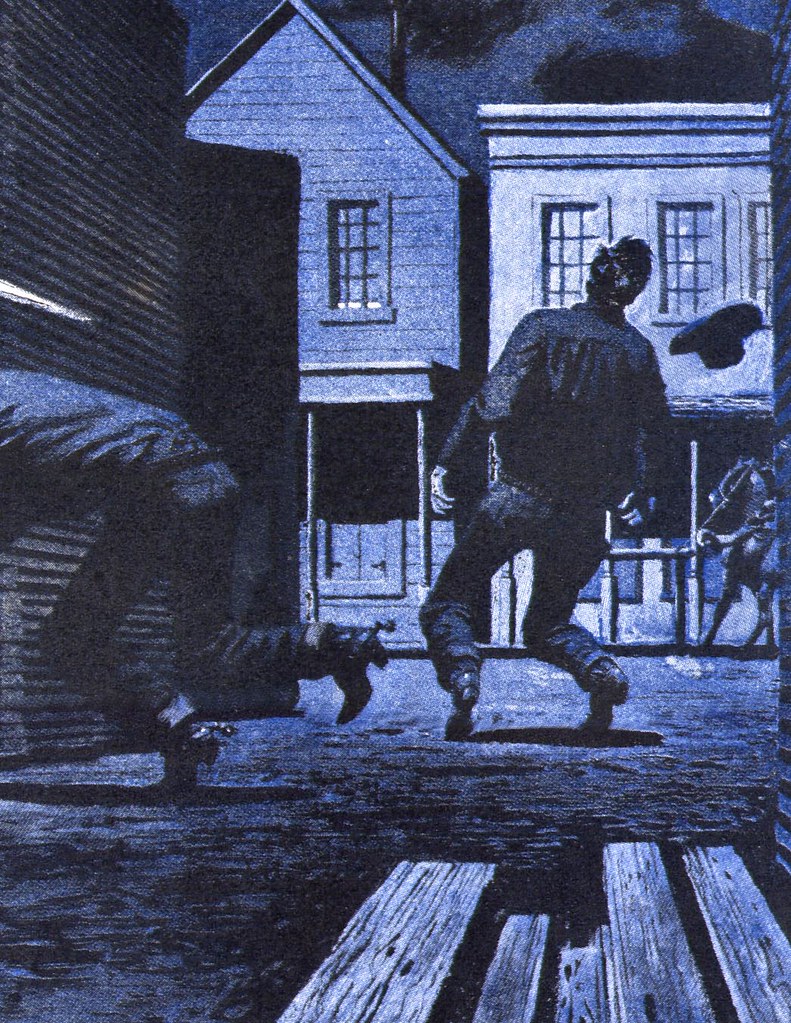
Q: What satisfaction have you gotten from art as a career? Can you imagine yourself in any other profession?

A: I wouldn't trade my work or do it differently if I had another try. There are problems of self discipline, control of work, the kind of work, and so on, but, all in all, the illustrator is "out of sight" and can pretty well control his time and energy. I have managed to do so.
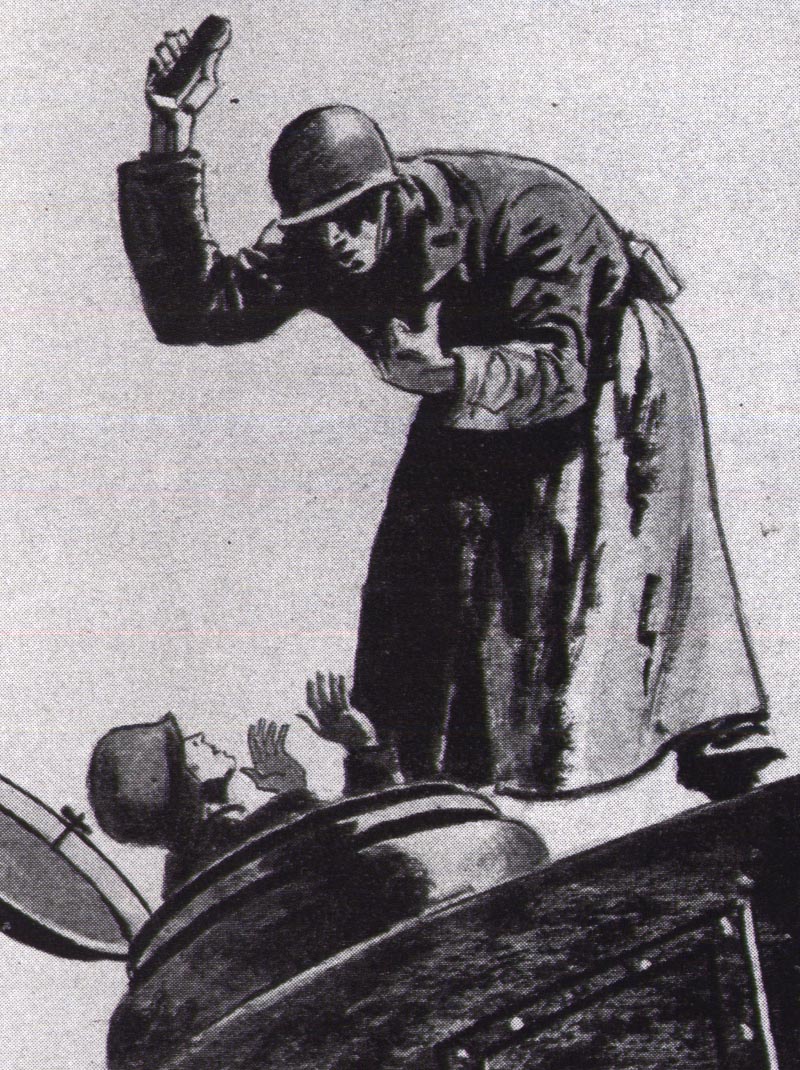
Q: You have said, and I quote, "You make your own luck. Timing does it, so don't get ahead of yourself." Can you explain this further?
A: I guess I mean you don't get many chances to be wrong. To use a familiar expression, an illustrator is only as good as his last job. Now that is not quite true but pretty close. In my opinion many young artists make a mistake by trying to get the big jobs before they are really ready for them. One job hardly counts unless it will produce another. The immature artist, if he fails, seldom gets another chance with the same publisher.
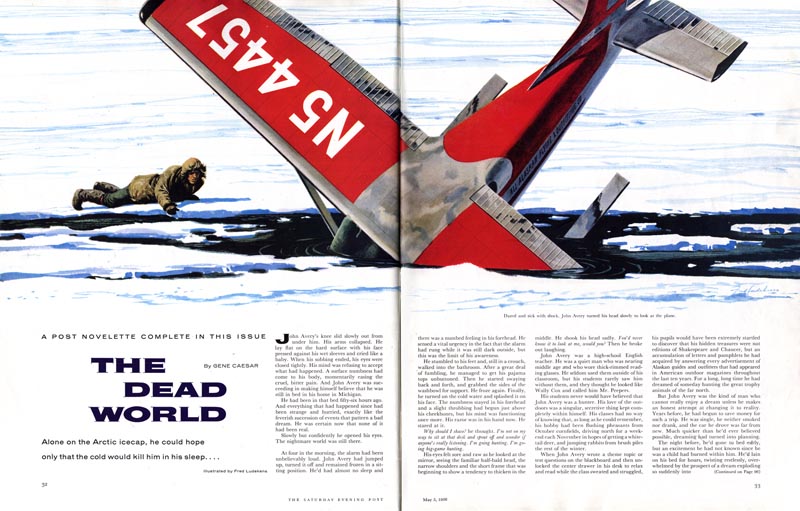
With limited good outlets for illustration this is hardly something he can afford. Doing well means good selection and interpretation of the manuscript's most effective illustrative possibilities. Two fundamentals are necessary. First, to know what an effective illustrative situation really is. Second, the ability to draw it, regardless of the subject, its complication, its simplicity, or the time required to do it well. Without this approach the illustrator's chance of success over a period of time is doubtful.

An illustrator never knows what he may be required to do on his next assignment. His experience as a keen observer, a person of broad experience in travel, work, sports and so on helps him bring his understanding and feeling to the job. This is a requisite to success.
Q: You have also said, "If you plant the seeds and the trees grow tall enough someone will see them.: What did you mean?
A: I'll try to explain it. Many years ago I illustrated a book of yarns written by one of my friends. I did twenty-two full-page pictures and twenty-one small chapter headings, designed the hard cover and did the jacket in full color for a total sum of just three hundred and fifty dollars. This started me on my career as a fiction illustrator.
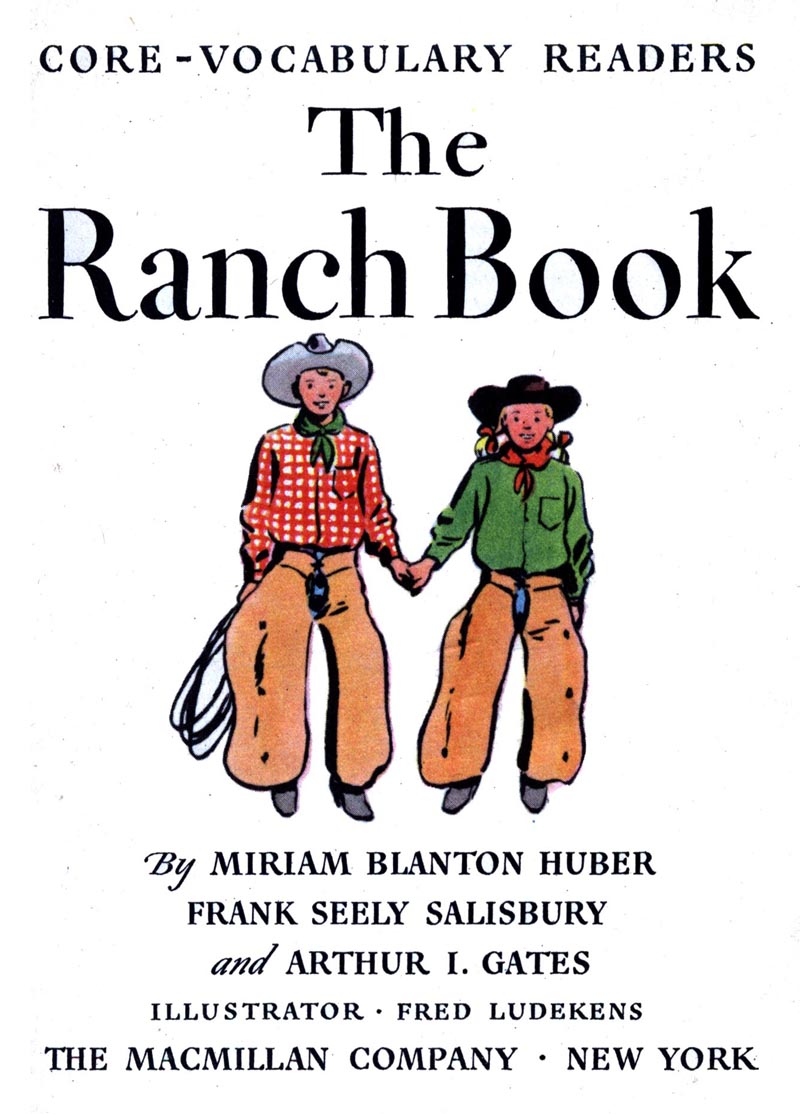
Here I believe "the trees grew tall enough to see." Directly from this group of illustrations I received an unsolicited assignment to do an eight-part serial for the Curtis Publishing Company. This was important in numerous ways, and was directly responsible for many years of good assignments on varied subjects.

Good assignments allow an illustrator to demonstrate his consistent ability to handle effectively a wide variety of subject matter which in turn furthers his experience and broadens and extends his career.

A career isn't a career unless it lasts. An illustrator isn't an illustrator unless he's illustrating. It's that simple. It takes years to get the right opportunity. Recognize its value and its hazards. Don't throw it away.
* My thanks to Harold Henriksen for providing the scans above from The Ranch Book and to Bruce Hettema for the photo of Fred Ludekens from April 1981. Fred Ludekens, born in the year 1900, passed away in 1982.
* My Fred Ludekens Flickr set.
Hi Leif,
ReplyDeleteA great week of posts, Ludekens was one of my very favorites, a great artist. I always admired his work. He was a great advertising guy as well.
Harry
What I glean from these articles is something I think is missing from many areas of our present day: The willingness to learn to work and common sense.
ReplyDeleteHarry;
ReplyDeleteI agree. Ludekens design sense was his strength, I think, and it comes across just as well in his editorial work - but especially so in his W.W. II ad art ( I wish I had more examples ). I think that's what he was talking about in this interview if we read between the lines - about how the illustrator ought to be involved at the conception of the ad idea. His reference to how many ads are weaker because this is not the typical process is, I think, his roundabout way of saying, "I could have designed a stronger composition - and thus a more impactful ad!"
Joel;
ReplyDeleteI would say you gleaned well! Hopefully this blog's younger readers ( i.e. those still in art college ) gleaned the same thing! ;^)